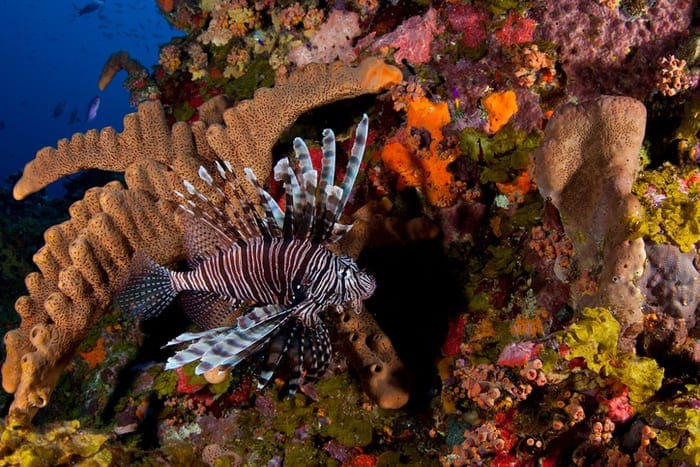
After habitat loss, the most severe threat to biodiversity according to the World Conservation Union is invasive species. While the practice of transporting animals outside of their native regions goes back thousands of years to the earliest world explorers, globalization has resulted in a greater number of plants and animals being introduced into new environments.
Most of these introduced species do not become permanently established in their new ecosystems or don’t cause significant problems. However, others may thrive and quickly expand their populations, often becoming predators, competitors, parasites, and diseases of our native plants and animals. The impact of these invasive alien species is frequently irreversible and may pose serious threats to the environment, economy, and even human health.
Mitigating the presence and spread of invasive species is a priority for natural resource management. Here is some additional background about this important issue and effective strategies that sustainability science grads can employ.
Ecological Impacts of Invasive Species Studied in a Natural Resource Management Degree
Although many non-native species are not harmful and may be beneficial in some instances, those that cause negative consequences are called invasive species. These alien invaders are typically challenging to control and contain because of a lack of natural predators, high rates of reproduction, and a versatility that helps them thrive in various climates and habitat types. For example, insects or fungi that come from regions where trees have evolved resistances can rapidly destroy forests without these natural protections.
As invasive species become established, they out-compete native wildlife, reduce diversity, and transform ecosystems. Sometimes they may be able to exploit resources unavailable to native species or release chemical compounds that impact other species. Some experts believe that drought conditions and other factors exacerbated by climate change may increase forests’ vulnerability to invasive pests.
How Professionals with a Natural Resource Management Masters Can Mitigate Invasive Species
Understanding the causes of invasive species is the first step for professionals with a Natural Resource Management degree to establish mitigation strategies. Species may be introduced unintentionally (like rats on colonial ships) or intentionally (like beach vitex or kudzu vines, first introduced as ornamental plants). Exotic pets may be released into the wild intentionally or accidentally, such as the Burmese python in the Florida Everglades.
As these invasive populations grow, they are increasingly costly and difficult to treat. Therefore, mitigation strategies focus first on prevention, followed by early detection, rapid response, and finally containment, eradication, and control. Public education campaigns, laws, and regulations have been implemented to prevent the future spread of invasive species. Coordinated surveillance strategies and monitoring programs seek to identify invaders as soon as possible.
Biologists with a Natural Resource Management Masters research and test available samples to assess emerging threats and develop appropriate responses. Identifying the species posing the greatest threats and prioritizing areas that are likely entry points delivers the most significant results. Transdisciplinary approaches encourage wider collaboration, shared resources, and expanded detection monitoring at strategic sites. Sustainability scientists will develop protocols for treating invasive plants and restore key ecological processes to control and restore emerging problems as much as possible.
Interested in combating invasive species after sustainability studies?
Learn more about our Online Master’s in Wildlife Conservation and Management by contacting Unity College.



